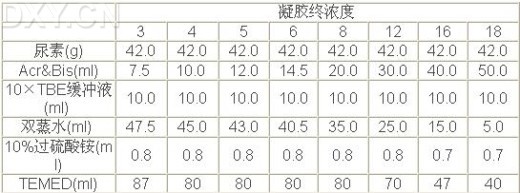疾病关联分析应充分使用测序技术而非基因分型技术
互联网
本文由丁香园网友 纳兰贤惠 于2010-10-10编译,点此了解详情
10月4日,由深圳华大基因与加州大学伯克利分校、哥本哈根大学等单位合作的研究成果 “对200个人类外显子的测序揭示大量低频率非同义突变的存在”在国际著名学术杂志《自然—遗传学》(Nature Genetics)上发表。这是中外科学家在人类基因组研究领域取得的又一项重要成果。
该研究对200个丹麦个体蛋白质编码基因的外显子组进行了深度测序,发现了大量以往未知的单核苷酸多态性位点(SNP),其中大部分在人群中都以较低频率出现。该研究完成了目前在人类外显子区域规模最大、分辨率最精细的遗传图谱,并以翔实的数据证明,人群当中的低频率多态性位点富集了大量能引起蛋白质氨基酸序列改变的变异,而这类变异在人群中受到自然选择作用,可能具有影响人类健康的功能。
最近有多项科学研究指出,以往对多基因控制的复杂疾病所进行的关联分析研究尽管从理论上可行,并在实践中发现了许多疾病关联基因,但却仅能解释复杂疾病遗传性的一小部分。这一现象被称为“遗传度缺失”,是当前复杂疾病基因组研究的一个主要难题。此研究首次证实,影响人类健康和疾病易感性的多态性位点在人群中往往频率低,但是相关位点的个数很多。既往的复杂疾病关联分析使用的基因分型芯片仅对常见多态性位点进行测定,而无法研究低频率多态性位点,从而漏掉大量疾病关联位点,造成“遗传度缺失”。该研究不仅指出了目前主流疾病研究方法的缺陷,并颠覆性地提出疾病关联分析应充分使用测序技术而非基因分型技术,从而对改变科学家对复杂疾病的研究手段,推动人类健康与医学研究的进步具有里程碑意义
Resequencing of 200 human exomes identifies an excess of low-frequency non-synonymous coding variants
Yingrui Li, Nicolas Vinckenbosch, Geng Tian, Emilia Huerta-Sanchez, Tao Jiang, Hui Jiang, Anders Albrechtsen, Gitte Andersen, *** Cao, Thorfinn Korneliussen, Niels Grarup, Yiran Guo, Ines Hellman, Xin Jin, Qibin Li, Jiangtao Liu, Xiao Liu, Thomas Spars?, Meifang Tang, Honglong Wu, Renhua Wu, Chang Yu, Hancheng Zheng, Arne Astrup, Lars Bolund et al.
Received 08 February 2010 Accepted 08 September 2010 Published online 03 October 2010
【Abstract】Targeted capture combined with massively parallel exome sequencing is a promising approach to identify genetic variants implicated in human traits. We report exome sequencing of 200 individuals from Denmark with targeted capture of 18,654 coding genes and sequence coverage of each individual exome at an average depth of 12-fold. On average, about 95% of the target regions were covered by at least one read. We identified 121,870 SNPs in the sample population, including 53,081 coding SNPs (cSNPs). Using a statistical method for SNP calling and an estimation of allelic frequencies based on our population data, we derived the allele frequency spectrum of cSNPs with a minor allele frequency greater than 0.02. We identified a 1.8-fold excess of deleterious, non-syonomyous cSNPs over synonymous cSNPs in the low-frequency range (minor allele frequencies between 2% and 5%). This excess was more pronounced for X-linked SNPs, suggesting that deleterious substitutions are primarily recessive.








